BMPR1A
-
Official Full Name
bone morphogenetic protein receptor, type IA
-
Overview
The bone morphogenetic protein (BMP) receptors are a family of transmembrane serine/threonine kinases that include the type I receptors BMPR1A and BMPR1B and the type II receptor BMPR2. These receptors are also closely related to the activin receptors, ACVR1 and ACVR2. The ligands of these receptors are members of the TGF-beta superfamily. TGF-betas and activins transduce their signals through the formation of heteromeric complexes with 2 different types of serine (threonine) kinase receptors: type I receptors of about 50-55 kD and type II receptors of about 70-80 kD. Type II receptors bind ligands in the absence of type I receptors, but they require their respective type I receptors for signaling, whereas type I receptors require their respective type II receptors for ligand binding. -
Synonyms
BMPR1A; bone morphogenetic protein receptor, type IA; ACVRLK3; bone morphogenetic protein receptor type-1A; ALK3; CD292; ALK-3; BMPR-1A; BMP type-1A receptor; activin receptor-like kinase 3; activin A receptor, type II-like kinase 3; serine/threonine-prot;
- Recombinant Proteins
- Cell & Tissue Lysates
- Protein Pre-coupled Magnetic Beads
- Canine
- Chicken
- Homo sapiens (Human)
- Human
- Mouse
- Mus musculus (Mouse)
- Rat
- Rhesus Macaque
- Rhesus monkey
- CHO cells
- E.coli
- E.coli expression system
- HEK293
- HEK293T
- Human
- Human Cell
- Human Cells
- In Vitro Cell Free System
- Insect Cell
- Mammalian Cell
- Mammalian cells
- Sf21 Insect Cell
- Sf9 Insect Cell
- Wheat Germ
- C
- Fc
- His
- hFc
- Fc Chimera
- Fc|His
- GST
- hIgG1
- hIgG4
- His (Fc)
- Avi
- His|HIgG
- His|SUMO
- His|T7
- human|IgG1|Fc
- MYC
- DDK
- Myc|DDK
- N/A
- N
- No tag
- Background
- Quality Guarantee
- Case Study
- Involved Pathway
- Protein Function
- Interacting Protein
- BMPR1A Related Gene Family
- BMPR1A Related Research Area
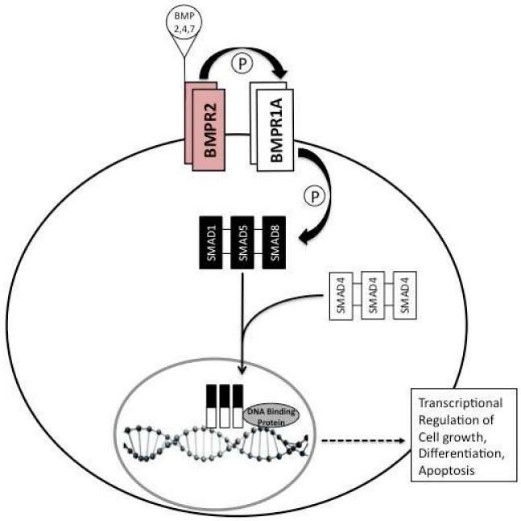
Fig1. Overview of BMP-signaling pathway. BMPR2 dimers at the cell membrane bind BMP 2,4, or 7, facilitated by their binding to dimers of BMPR1A. (James R Howe, 2013)
What is BMPR1A protein?
BMPR1A (bone morphogenetic protein receptor type 1A) gene is a protein coding gene which situated on the long arm of chromosome 10 at locus 10q23. The bone morphogenetic protein (BMP) receptors are a family of transmembrane serine/threonine kinases that include the type I receptors BMPR1A and BMPR1B and the type II receptor BMPR2. These receptors are also closely related to the activin receptors, ACVR1 and ACVR2. The ligands of these receptors are members of the TGF-beta superfamily. The BMPR1A protein is consisted of 532 amino acids and its molecular mass is approximately 60.2 kDa.
What is the function of BMPR1A protein?
On ligand binding, it forms a receptor complex consisting of two type II and two type I transmembrane serine/threonine kinases. Type II receptors phosphorylate and activate type I receptors which autophosphorylate, then bind and activate SMAD transcriptional regulators. BMPR1A is a receptor for BMP2, BMP4, GDF5 and GDF6. It positively regulates chondrocyte differentiation through GDF5 interaction. And it also mediates induction of adipogenesis by GDF6.
BMPR1A Related Signaling Pathway
When BMP ligands bind to BMPR1A, they cause type II receptor kinases to phosphorylate BMPR1A, which in turn activates downstream Smad proteins (primarily Smad1/5/8). The phosphorylated Smad protein then forms a complex with Smad4 and is transferred into the nucleus, where the Smad dependent pathway is activated. In addition, BMPR1A regulates cell function by activating non-SMAD signaling pathways such as MAPK and PI3K/Akt. BMPR1A is also involved in other signaling pathways, such as those that interact with other TGF-β superfamily members such as Activin, Nodal, and GDF (Growth Differentiation Factor).
BMPR1A Related Diseases
Mutations in the BMPR1A gene have been associated with a variety of diseases, the most famous of which is the association with Hereditary Pulmonary Arterial Hypertension (HPAH), where mutations in the BMPR1A gene lead to impaired function of its receptor. It affects the normal biological function of pulmonary blood vessels. In addition, BMPR1A has been linked to other diseases, including other forms of pulmonary hypertension, atherosclerosis, osteoporosis, and certain types of cancer, such as breast and colon cancer. In the field of oncology, BMPR1A may act as a tumor suppressor gene, and the loss of its function may promote the occurrence and development of tumors.
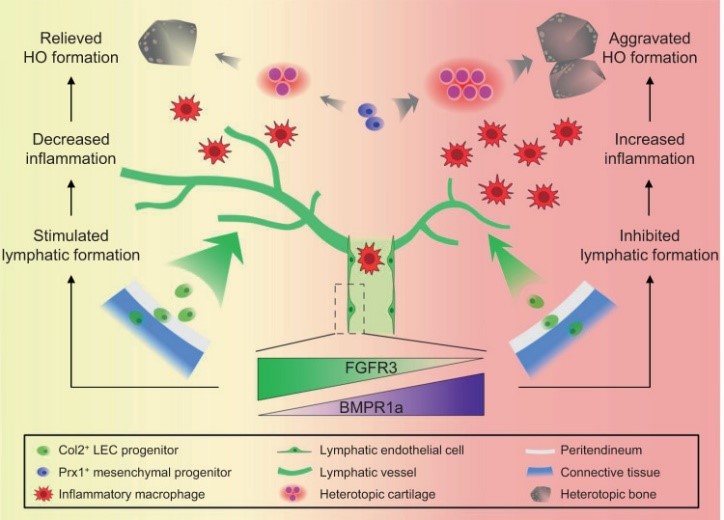
Fig2. Downregulated FGFR3 expression in LECs associated with inflammatory milieu inhibits local lymphatic formation via upregulating BMPR1a signaling, which further increases local inflammatory levels and subsequently aggravates HO pathogenesis. (Dali Zhang, 2021)
Bioapplications of BMPR1A
Due to its role in bone development and maintenance of bone homeostasis, BMPR1A is a potential therapeutic target for orthopedic diseases such as fracture healing and osteoporosis. In the field of tissue engineering and regenerative medicine, promoting tissue repair and regeneration by modulating BMPR1A is an active research area.
High Purity
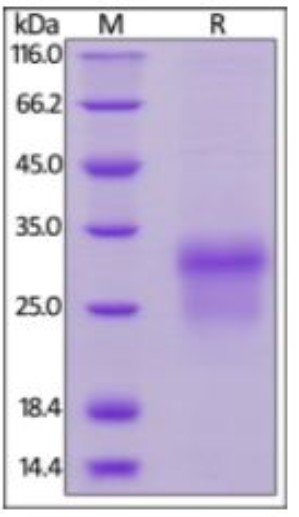
Fig1. SDS-PAGE (BMPR1A-889H) (PROTOCOL for western blot)
.
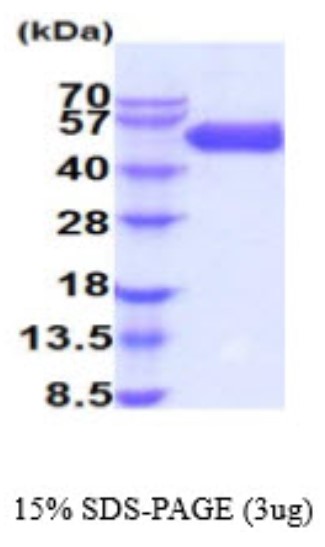
Fig2. SDS-PAGE (BMPR1A-142H) (PROTOCOL for western blot)
Case study 1: Elaine Langenfeld, 2013
Bone morphogenetic proteins (BMPs) are highly conserved morphogens that are essential for normal development. BMP-2 is highly expressed in the majority of non-small cell lung carcinomas (NSCLC) but not in normal lung tissue or benign lung tumors. The effects of the BMP signaling cascade on the growth and survival of cancer cells is poorly understood.
BMP signaling is basally active in lung cancer cell lines, which can be effectively inhibited with selective antagonists of the BMP type I receptors. Lung cancer cell lines express alk2, alk3, and alk6 and inhibition of a single BMP receptor was not sufficient to decrease signaling. Inhibition of more than one type I receptor was required to decrease BMP signaling in lung cancer cell lines. BMP receptor antagonists and silencing of BMP type I receptors with siRNA induced cell death, inhibited cell growth, and caused a significant decrease in the expression of inhibitor of differentiation (Id1, Id2, and Id3) family members
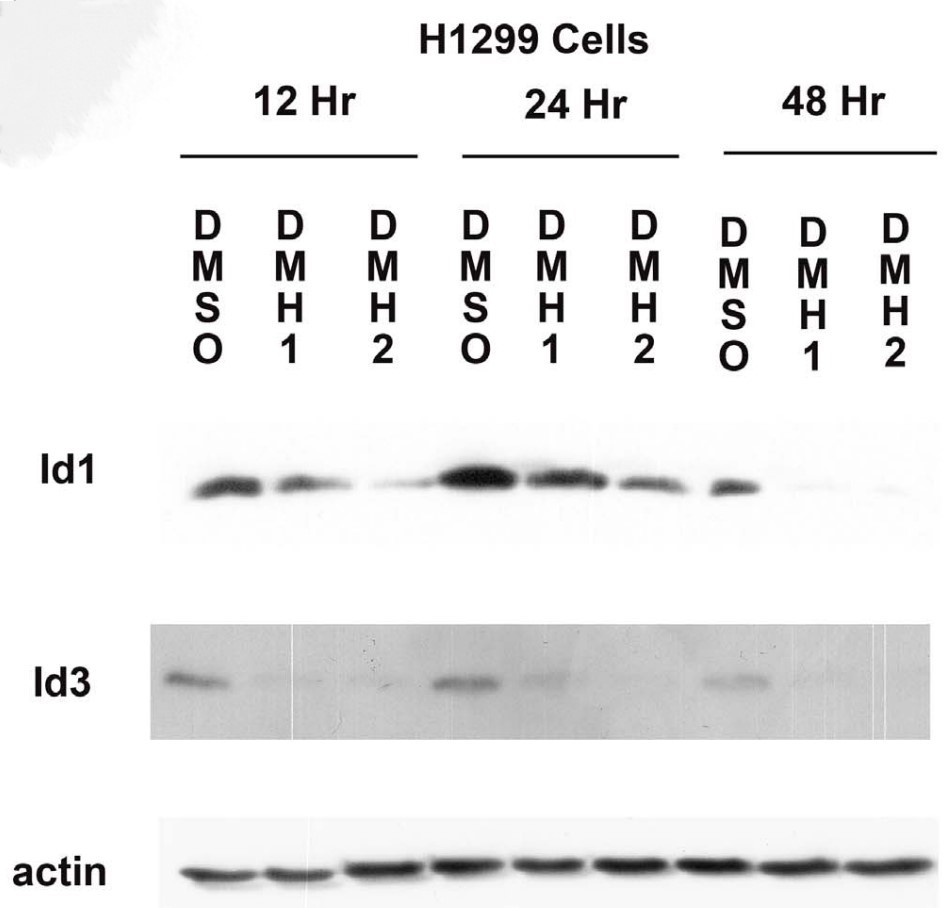
Fig1. H1299 cells treated with 1 μM DMSO or 1 μM of selective BMP type I receptor antagonist for 12, 24, and 48 hours.
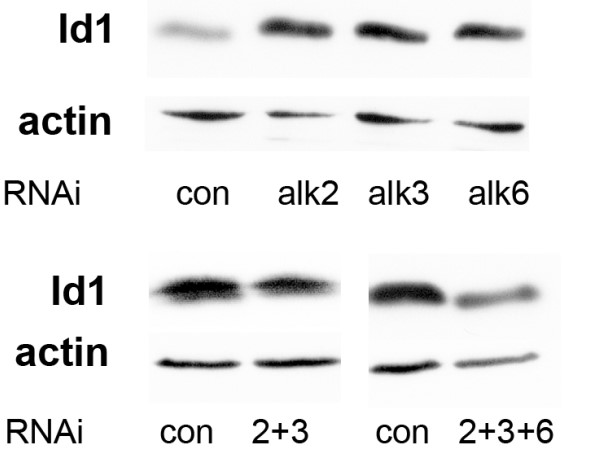
Case study 2: Heon-Woo Lee, 2023
Components of bone morphogenetic protein (BMP) signalling have been implicated in both pathogenesis of pulmonary arterial hypertension (PAH) and endothelial-mesenchymal transition (EndoMT). In particular, the importance of BMP type 2 receptor in these processes has been extensively analysed. However, the contribution of BMP type 1 receptors (BMPR1s) to the onset of PAH and EndoMT remains poorly understood. BMPR1A, one of BMPR1s, was recently implicated in the pathogenesis of PAH, and was found to be down-regulated in the lungs of PAH patients, neither the downstream mechanism nor its contribution to EndoMT has been described. Therefore, the researchers aim to delineate the role of endothelial BMPR1A in modulating EndoMT and pathogenesis of PAH.
BMPR1A knockdown in endothelial cells (ECs) induces hallmarks of EndoMT. Mechanistically, they identify ZEB1 as a primary target for BMPR1A in this setting; upon BMPR1A activation, ID2 physically interacts and sequesters ZEB1 to attenuate transcription of Tgfbr2, which in turn lowers the responses of ECs towards transforming growth factor beta (TGFβ) stimulation and prevents excessive EndoMT
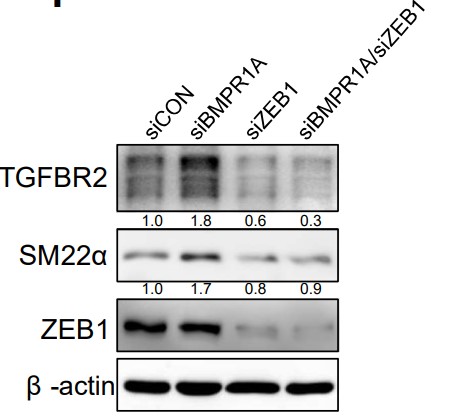
Fig3. Western blots showing the expression of TGFBR2, SM22α, and ZEB1 and BMPR1A in control, BMPR1A, ZEB1, or BMPR1A/ZEB1 siRNA-treated PAECs.
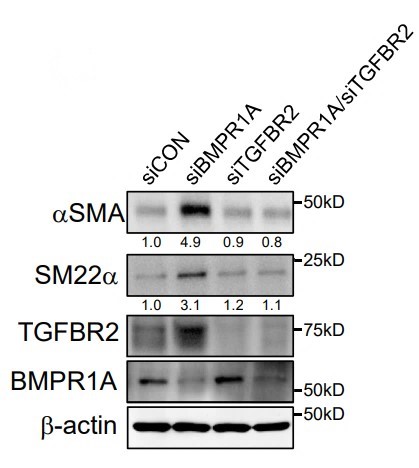
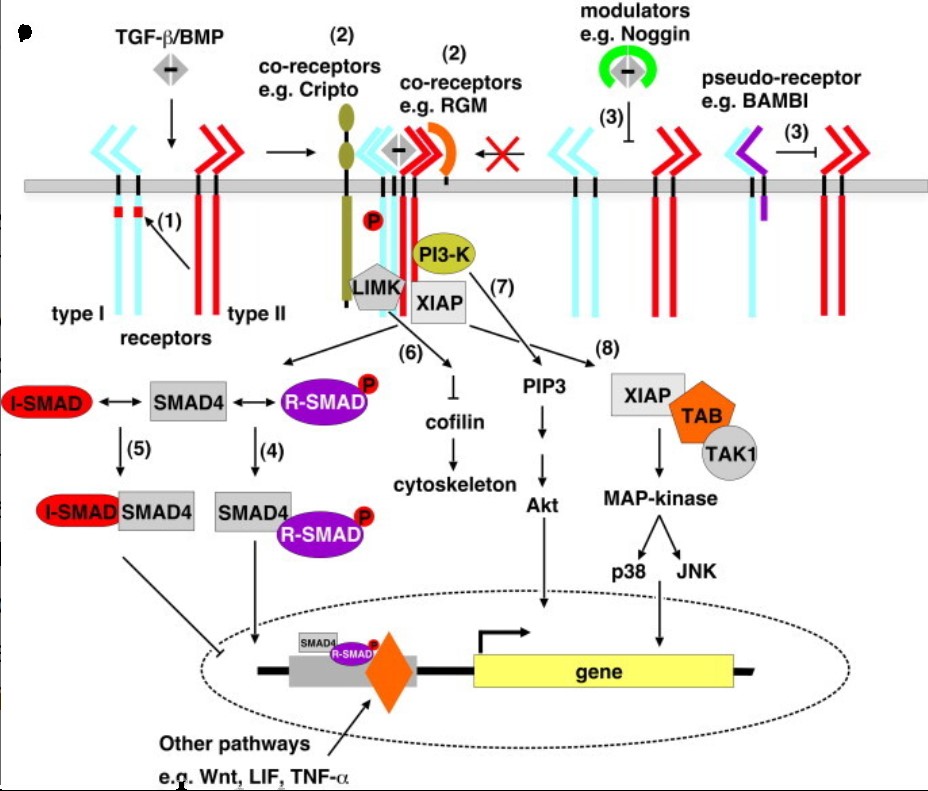
Fig1. Schematic representation of the TGF-β/BMP signaling cascade. (Thomas D Mueller, 2012)
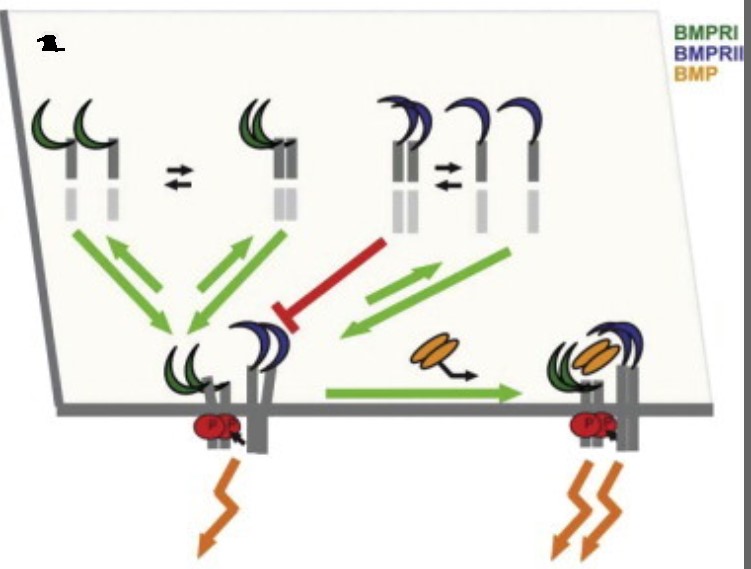
Fig2. Model for signaling through ligand-mediated receptor hetero-oligomers and preformed complexes (PFCs). BMP receptor heterotetramers form prior to ligand binding. (Marcelo Ehrlich, 2012)
BMPR1A involved in several pathways and played different roles in them. We selected most pathways BMPR1A participated on our site, such as Cytokine-cytokine receptor interaction, TGF-beta signaling pathway, Hippo signaling pathway, which may be useful for your reference. Also, other proteins which involved in the same pathway with BMPR1A were listed below. Creative BioMart supplied nearly all the proteins listed, you can search them on our site.
| Pathway Name | Pathway Related Protein |
|---|---|
| Cytokine-cytokine receptor interaction | CCL3L3;IL6ST;CCL14;TGFB1;IL6R;VEGFAA;IFNA4;CCL6;CD40LG |
| TGF-beta signaling pathway | TGFB1;RHOAC;SPAW;TGFB1A;BMPR1AA;ACVR1L;ID4;BMP7;LFT2 |
| Hippo signaling pathway | DLG3;TGFB2;ITGB2L;PPP2R2C;WNT9A;ID1;CRB2;PARD3;WNT3 |
| Signaling pathways regulating pluripotency of stem cells | NEUROG1;FGFR4;STAT3;ACVR1C;FGFR3;AKT1;PIK3CA;WNT2B;PIK3CD |
BMPR1A has several biochemical functions, for example, ATP binding, RNA polymerase II transcription factor activity, sequence-specific DNA binding, SMAD binding. Some of the functions are cooperated with other proteins, some of the functions could acted by BMPR1A itself. We selected most functions BMPR1A had, and list some proteins which have the same functions with BMPR1A. You can find most of the proteins on our site.
| Function | Related Protein |
|---|---|
| ATP binding | MCMDC2;TWF1;KIF5C;UBE2KB;DHX37;NOLC1;PRKCE;MAT2AL;G3BP1 |
| RNA polymerase II transcription factor activity, sequence-specific DNA binding | FOXC1;ELK4;FOXO1B;JUND;TFAP2A;ELF2B;ATF4B2;ARX;FOXD5 |
| SMAD binding | RNF111;HMGA2;DAB2;PURB;AXIN1;SMAD2;COL3A1;SKIA;MAGI2 |
| glycoprotein binding | BBC3;SERPINA1;ITGA3;PLAT;SDC1;FGFR1;DNAJC5;LRRK2;EDEM1 |
| metal ion binding | GLIS1;IHHB;NR2F1A;ALOX5A;ZMYND17;ZFP326;KAT6A;PTGS1;MLL5 |
| protein binding | PIN1;FRMD6;ZBTB44;SLC16A3;FAM188A;TUBGCP2;HNRNPU;CTRC;MARK4 |
| protein homodimerization activity | MTUS2;FLRT3;CRYBA1;ACTN1;DNM1L;BAX;LRRFIP1;OLFM4;PDGFC |
| protein serine/threonine kinase activity | ADCK4;PRKCB;RPS6KA3A;SRPK2;PRKCA;DYRK1A;CAMK1GB;MAP4K3;TTBK1 |
| receptor signaling protein serine/threonine kinase activity | BMPR2A;TGFBR1;STK26;BMPR1B;OXSR1A;OXSR1B;BMPR1AA;BMPR1BB;TGFBR1A |
| transmembrane receptor protein serine/threonine kinase activity | ACVR1BA;BMPR1BA;ACVR2A;TGFBR2;TGFBR1A;BMPR1AA;BMPR1B;ACVR1B;BMPR2A |
BMPR1A has direct interactions with proteins and molecules. Those interactions were detected by several methods such as yeast two hybrid, co-IP, pull-down and so on. We selected proteins and molecules interacted with BMPR1A here. Most of them are supplied by our site. Hope this information will be useful for your research of BMPR1A.
BMP2; GDF5; BMP4; BMP2; BMP2; FSTL1; HSP90AB1
- Q&As
- Reviews
Q&As (6)
Ask a questionAbnormal levels of BMPR1A may suggest skeletal dysplasia, tumors, etc., but its specificity and sensitivity need to be further studied.
The types of mutations in BMPR1A include point mutations, insertions/deletions, duplications, etc., which may cause structural and functional abnormalities of the protein.
Mutations in BMPR1A can be detected and analyzed by methods such as whole-genome sequencing or target region sequencing to understand the impact of mutations on protein structure and function.
Studying the regulatory mechanism of BMPR1A requires a comprehensive use of various experimental methods and techniques, such as gene knockout, transcriptome analysis, and protein-protein interactions.
BMPR1A can be used as a biomarker in medical treatment to help monitor disease progression and treatment efficacy. In addition, therapeutics targeting BMPR1A, such as gene therapy or modulating its expression, are also being studied.
Deficiency or abnormal expression of BMPR1A may be related to some skeletal dysplasia diseases, tumors, etc.
Customer Reviews (3)
Write a reviewThe enzyme activity of this protein reached the expected level and was able to play a role in the specific reaction.
When experimenting with this protein, stable and repeatable results can be obtained.
This product has strict quality control and complies with relevant industry standards.
Ask a Question for All BMPR1A Products
Required fields are marked with *
My Review for All BMPR1A Products
Required fields are marked with *


